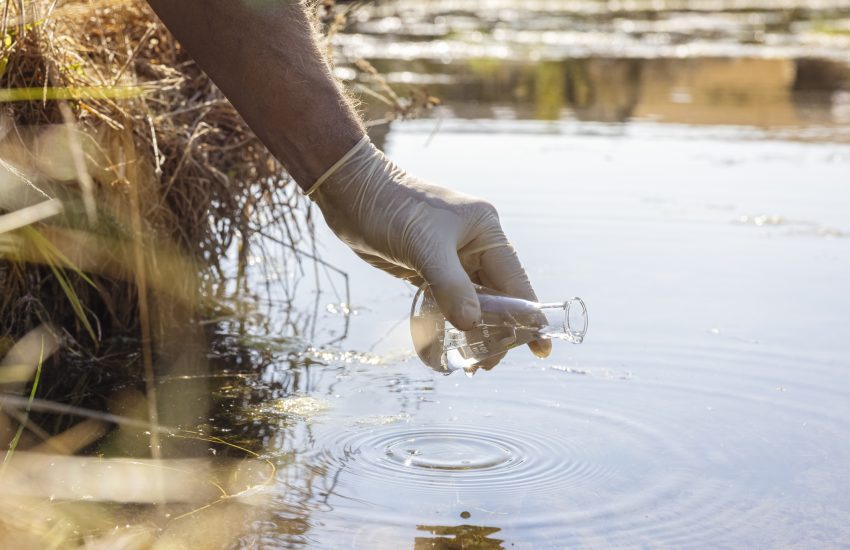You may have read about the slew of lawsuits filed over the past few years by Long Island water districts seeking to recover damages arising from alleged contamination of drinking water supplies by 1,4-dioxane. Our blog has covered them here, here, here, and here.
There is news on the settlement front. One of the primary defendants and the U.S. government have agreed to resolutions in two cases: Bethpage (in the amount of $49 million) and South Farmingdale (in the amount of $15.5 million). The Bethpage lawsuit, for example, sought damages “to … restore its damaged drinking water supply wells…” and reimbursement “for the costs of designing, constructing, installing, operating, and maintaining the treatment facilities and equipment required to remove the 1,4-dioxane from its drinking water wells…”
The proposed consent judgments—filings whereby the parties ask that the court approve the settlement of the claims—state that the resolutions came after “good faith, arms-length negotiations,” they represent a “fair and reasonable resolution,” and are “consistent with the goals of the Comprehensive Environmental Response, Compensation, and Liability Act…”—ultimately, the three issues that the court will determine in reviewing the proposed consent judgments.
As to damages, Bethpage stated that it had incurred approximately $37 million that related to “exploration, construction, and related infrastructure spending for its replacement supply wells and capital costs.” Bethpage forecasted that it will require an additional $25 million in operations and maintenance costs associated with the 1,4-dioxane treatment at some of its plants. South Farmingdale stated that it had incurred or will incur at least $30 to $35 million in capital and operations and maintenance costs for treatment of 1,4-dioxane at some of its wells, depending on various operational factors. South Farmingdale estimates that the resolution of its claim against the U.S. would cover “the majority of the capital costs and a material percentage of the initial operations and maintenance costs associated with installing necessary treatment technology.”
Both settlement proposals, though, acknowledge that the defendants “dispute their liability and aver, inter alia, that other sources of 1,4-dioxane impacted … [the] wells, including products containing 1,4-dioxane, such as stabilized 1,1,1-trichloroethane (TCA)…” and also assert that dioxane was a component of certain consumer products that may have led to the claimed contamination.
As background, 1,4-dioxane is a synthetic industrial chemical that is completely miscible (mixes in all proportions) in water. Generally, 1,4-dioxane is a likely contaminant at many sites contaminated with certain chlorinated solvents (particularly 1,1,1-trichloroethane) because of its widespread use as a stabilizer for those chemicals. The U.S. Environmental Protection Agency (EPA) indicates that 1,4-dioxane is used in “paint strippers, dyes, greases, varnishes and waxes” and is also found as an impurity in anti-freeze and aircraft deicing fluid, and in consumer products like shampoos, deodorants, cleaning detergents, and cosmetics.
In December 2020, the EPA released the final risk evaluation for 1,4-dioxane. The final risk evaluation states that there are unreasonable risks to workers and occupational non-users from 13 conditions of use, but EPA found “no unreasonable risks to the environment, consumers, bystanders, or the general population.” The National Toxicology Program classifies 1,4-dioxane as “reasonably anticipated to be a human carcinogen” (NTP, 2016); the International Agency for Research on Cancer (IARC) classifies 1,4-dioxane as “possibly carcinogenic to humans” (IARC, 1999); and the National Institute for Occupational Safety and Health (NIOSH) classifies it as a “potential occupational carcinogen” (NIOSH, 2004).
The case details are available under the following actions: South Farmingdale Water District v. U.S. et al., case number 2:22-cv-02051, and Bethpage Water District v. U.S. et al., case number 2:22-cv-02050, both filed in the U.S. District Court for the Eastern District of New York.

